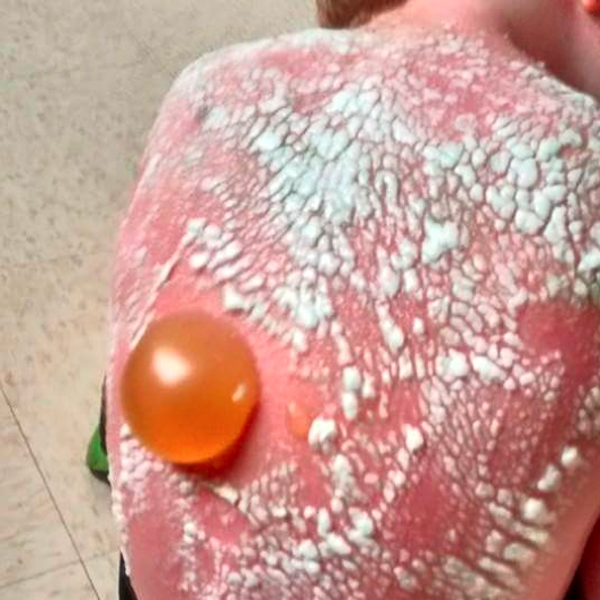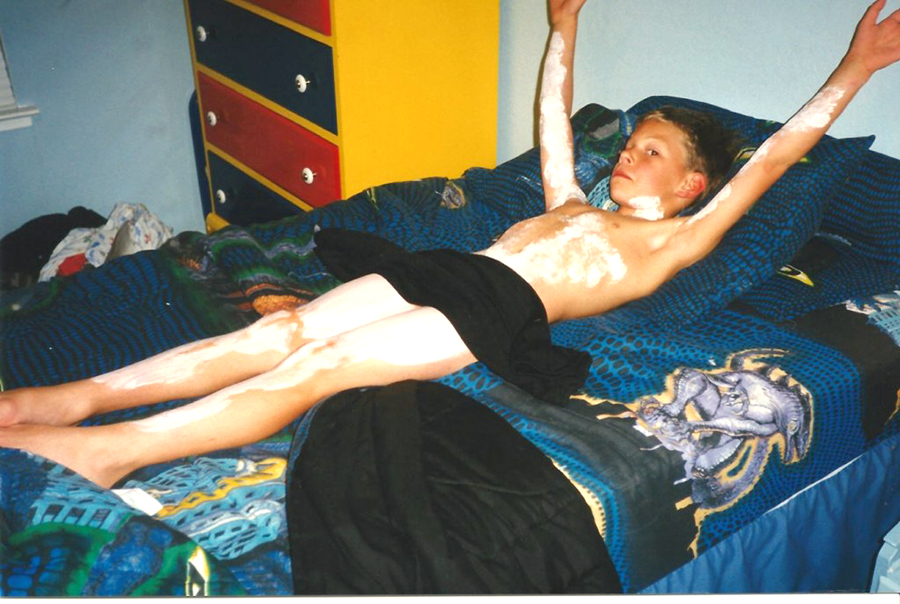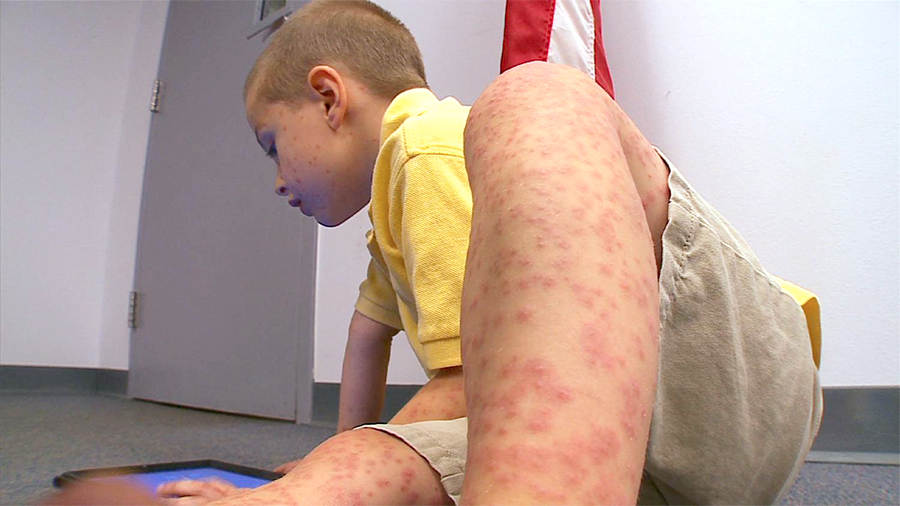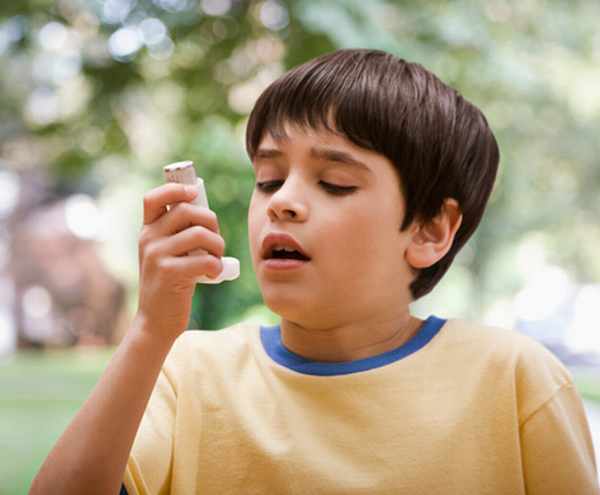Summer Injury Alert – The Top 11
A summer injury is best to be avoided if we want to make the most of the sun, fun and time out of school. Fortunately, most all of the common ones are preventable if we are but forewarned and take a few precautions.
Casts – a bummer in the summer
We’ve posted lists of things to watch out for before, it sort of has become a right of summer for Pediatric House Calls. Here’s the summer “watch list” 2016.
Increased “sun-time” is great for vitamin D production in the skin; but, as you know, use your skin to generate too much of the stuff and the risk is: sunburn.
Lots of activities like sport-ing, forest-ing, lake-ing and camp-ing generate the same dichotomy – build muscles, clean lungs, clear head; but then risk concuss-ing, burn-ing, fracture-ing, dehydrate-ing and exacerbate-ing.
Let’s see what we can do about eating our cake and saving it too.
Summer Injury and Illnesses
Drowning

For children under five drowning is the second leading cause of death and swimming pools are the leading culprit! Not only that, pools without a fence at least 4 feet high are on a major portion of police death reports.
Even a little water in the lungs causes respiratory distress and rapid breathing which easily progresses to tachycardia, confusion, hypoxia (blue lips) and death as the aspirated amount increases.
First aid is cardio-pulmonary resuscitation (we used to call it mouth-to-mouth breathing) but you also should scream for someone to call 911 or do it yourself after you have started the rescue. Even if the responders arrive within minutes, if there hasn’t been some attempt at rescue breathing most children are either dead or damaged.
Responders immediately start oxygen and hydration. Watchful care involves x-rays to rule out pulmonary edema, aspiration and pneumonitis. Intubation might be necessary for patients who are not responding to mask or nasal prongs. All patients are monitored till it is felt they are safe, many are admitted to the ICU.
Diving and Water Sports Injuries

When it comes to any sort of diving (like in pools off boards or in lakes off docks or cliffs) the worry is injury to the spine, especially the cervical spine. And it’s a substantial risk.
You’ve just gotta make sure that a child learns from the very earliest of age that a “rule of the WORLD” is that you’ve got to get in the water and swim FIRST before you ever dive into it! Even in your own swimming pool, never, ever let your high-anxiety child make a mad dash for the pool just so he/she won’t be “the rotten egg” for being the last one in!
If you begin training early you just may be able to get through to your future teen that they ALWAYS check that the water is MORE THAN 9 FEET DEEP before diving. And by then it might even have integrated into such a strong habit that (heaven forbid) even if they’ve been drinking and are intoxicated their muscle memory will make them check even if their brain isn’t working!
Cliff diving increases the risk for head, neck and back injuries merely from just hitting the water “wrong” but especially from objects/surfaces below the water. Fractures are common when water skiing and tubing in addition to head and neck trauma.
Watch for signs of altered mental status, fractures and lacerations; then, always “err on the side of caution” to exit the activity and obtain quick access to imaging and diagnosis with the hint of a fracture, especially the neck. All water sports injuries should be secured and immobilized before transport, to protect against any further damage, before assessing for neurological damage or traumatic brain injury (TBI).
The physician will examine for signs of shock, neck trauma and concussion. Fractures will be stabilized and often head injuries are hospitalized for observation in case of TBI.
Heatstroke and Dehydration

A HUGE cause of illness in the summer is thermal illness or injury. There are several in the group: heat cramps, heat exhaustion, heat stroke, dehydration; they’re all related to prolonged exposure to heat – especially if you’re exercising or working.
Heatstroke: As the ambient heat makes the body temperature rise, normal defense mechanisms kick into gear (like sweating). As they become inadequate, the skin turns hot and flushed and progresses to a change in mental status and confusion; then, finally, to an inability to sweat any longer.
Heat exhaustion: This is what the above heatstroke starts out with – sweating, loss of fluid, dehydration, thready pulse, nausea, dizziness, increased thirst, dry mouth swollen tongue. It’s hard to imagine why these symptoms would be ignored but, sadly, they sometimes are and full heatstroke ensues.
Heat cramps: cramping can be one of the symptoms of the above two processes. Accompanying fluid loss and sweating, bodily minerals (i.e. salt) also exits the body. Loss of those is very meaningful to both the nervous and musculature system because “ions” are used to make them function. Severe cramping can ensue.
Dehydration: Dehydration is the process which causes all of the above to progress in severity. You might think thirst is an early sign of dehydration but it’s not – it actually occurs when you are ALREADY dehydrated. Especially those playing sports need to understand that if you’re thirsty you’re already behind in drinking fluids and need to start NOW!
Patients undergoing mild symptoms need to be moved into a cool setting (not just out of the sun), have nearly all clothing removed and be treated with fluids and ice packs both to the neck and groin where blood flow is both high and near the surface.
Patients with more than mild symptoms need to begin transport to the ER immediately WHILE being treated. that’s where definitive treatment can be given and “just in case” equipment and drugs are standing by to treat the brain swelling, seizures, shock and kidney which often appears.
Exercise-Associated Hyponatremia

Incredible as it sounds, even though the public in general has become much more aware of heat illness and is now supporting a multi-Billion (with a “B”) dollar sport-drink industry, we STILL see many cases of heat stroke each year!
However, now in addition we are also seeing more and more cases of hyponatremia due to TO MUCH water while “sport-ing.” Sort of “if a little is good, a lot is better” kind of thinking which also gets you into trouble.
Drinking too much water thins out the blood and dilutes the normal sodium levels. Excreting excess water takes sodium and other things along with it, lowering further the body’s sodium and causing hyponatremia (low blood sodium).
Hyponatremia then results in: brain herniation, noncardiogenic puolmonary edema and (obviously) death.
Managing ones fluid level apparently as much of a “slam-dunk” as we perhaps initially thought, but isn’t really as complicated as we’re making it sound here. Use common sense and don’t overthink (or catastrophize) the problem. Being thirsty means “better start drinking a few minutes ago.” Feeling kind of bloated means “drinking too much.” Pee that is dark yellow and/or smells strong means “you’re not keeping up with water, better watch out.” Pee that is light yellow to clear means “you’ve got plenty of water on board, don’t go overboard.”
Being a “designer athlete” and requiring expensive flavored sports drinks, sometimes makes one drink too much just for the flavor and taste of salt.
Get to know your own body and how you respond to exercise and heat. You come back from a mile run at 85 degrees and don’t need to pee but when you do it comes out dark yellow/brown – that means “you fouled up this time and didn’t drink enough fluids.” Just don’t do it again and figure out increase your fluid habits till you get it right. Increase amounts when heat goes up or exercise gets longer; and, reduce amounts when the opposite occurs.
Because of this issue becoming more prevalent, physicians have developed new guidelines for IV therapy when exercizers present with signs of hyponatremia and encephalopathy. We jump to increased sodium trying to keep brain effects from happening at all.
Sunburn

Sunburn is probably the most common summer injury in the US. It is NOT caused by inadequate application of sunscreen as the commercials want you to believe. Pure and simple – it’s the sun and exposure of your unconditioned skin to its ultraviolet rays.
You can prevent it by using the chemicals in marketed sunscreens, and if you act without caution you can extend your unprotected time in the sun to a foolish level; which, renders any unprotected (with sunscreen) skin burned. Sunscreens are not a license to overdose unconditioned skin with UV rays – it causes cancer, sunscreen or not.
In addition, we’ve come to find out that almost no sunscreen protects at the level it claims to nor is sweat or waterproof. If you’re going to use one, use the best you can get, apply it thoroughly and apply it every two hours – no matter what the label claims.
Lower risk of sunburn by minimizing outdoor activities during 10 AM to 2 PM when the sun it strongest. Wear hats and sunglasses which, by the way, also minimizes the risk of developing melanoma and other skin cancers.
If your sunburn has areas that loose sensation, it means that there is probably deeper second and third degree burns. Often burns that blister require physician intervention, even ER. And, infants and young children are often hospitalized to combat the resulting dehydration and pain.
Minor sunburns can be treated with aloe and other soothing lotions, as well as nonsteroidal pain relievers.
Toxicodendron (Rhus) Dermatitis

Even though we need to rewrite a lot of medical literature this disease doesn’t give a crap what we call it, it’s still the same thing: Contact Dermatitis from Poison Ivy, Oak and Sumac (plus a few other plants).
We were calling it the “Rhus” antigen that was causing all the mayhem; then the botanists decided to change the name to “Toxicodendron.” (Sigh)
The plants in this group contain a chemical that is so powerful a good 80% of humans on the earth have the ability to become sensitized to it, thereby developing a life-long extended reaction to it’s oil and parts.
It’s the bane of those who like to spend extended time in the woods and need to “go behind a bush and water the plants” – if you get my drift. In the summer we see an influx of “summer campers” with “poison ivy rash” in their groin and spreading – one of the most unpleasant locations to have it if you’re going to get it.
It’s itchy, red, raised and spreads very easily to anywhere else you put your hands after touching the rash. Simply trying to wash the rash with soap and water can spread it widely unless you take care to wash from the outside (margin) of the rash TOWARD the inside (center).
Mild rashes can be treated at home using over-the-counter antihistamines, weak steroids and calamine or other anti-itch lotions. But, “mild” is meant in both size, pain AND location. In and around the eyes or genitals wouldn’t be called mild and should be seen and treated by a physician due to the possibilities of complications that we won’t go into here.
If the rash becomes painful and swollen the doctor has other, more powerful, medications – including oral steroids – that will help reduce swelling, calm itching and prevent complications.
Don’t forget to “de-contaminate” clothing or other articles which might contain residue of the plant oils and “re-initiate” the rash all over again; and, be warned, burning the leaves and branches of these plants will release oily fumes and particles into the air causing an even worse rash in addition to complications in eyes and lungs.
Insect Stings and Bites

We often consider mosquitoes and their bites little more than a nuisance. However, in certain areas of the country they carry and transmit infectious diseases like dengue and Chikungunya in the southeast and West Nile in the northeast. Add ticks and other bugs to that and there’s a lot of disease spread.
Even though comparatively rare, anyone who has suffered mosquito bites in these areas, and develops fever, should be tested for these diseases.
Bee stings can also be life-threatening in those allergic to the critters and pretty painful those not.
These days many people pack around epinephrine injectors to cover emergencies – most schools have them. Treatment can be started immediately with Benadryl any time a bite is noticed to be causing severe reactions. Epinephrine can be used on symptoms caused by other biting things besides bees; however, if it’s bad enough to use an injector the next stop needs to be at the doctors office or ER as soon as possible.
Tick Bites

The photo on the right demonstrates how significant summer critter bites can be. The six-year-old autistic boy who wasn’t speaking yet escaped through a door opened by a tradesman working on the house and wandered into the woods.
The following morning he was found by a volunteer with a dog having several hundreds of bug bites all over his body and over 80 deer ticks still attached. He was hospitalized for rehydration and sedation while nurses meticulously removed the ticks.

Of worry is that a substantial number of ticks in the north and southeast carry the bacteria Borrelia burgdorferi which causes Lyme disease. Ticks in the west are not exempt from causing illness either. They can carry “Rocky Mountain Spotted Fever” among other things.
When a tick is found attached to the skin, it must be carefully and fully removed. Physicians will use diamond-head forceps, or other like tool, that makes complete removal of body and legs easier.
Prophylactic antibiotics, doxycycline or amoxicillin, are nearly always given when a patient presents to the office having a known tick bite in any of the areas considered endemic for tick-born diseases. The problem arises when the traveling outdoorsman presents to a doctor outside the area who wouldn’t normally see these diseases.
Food Poisoning

In the US, food poisoning isn’t often seen as either frequent or serious. Partly because tons of dietary indiscretions are miss-labeled as “food poisoning” and partly because of the security borne from lots of food regulations.
Many bacteria, when allowed to grow in food, can cause food poisoning by themselves; but, sometimes the bugs also secrete toxins which can cause illness too.
For most of us the issue is undercooked meat and condiments (like mayonnaise) which are left at a temperature allowing growth of bacteria; often a result of a summer picnic.
Salmonella, Shigella and E Coli are common offenders but there are others. Each offending bacteria might produce subtle differences in patient’s symptoms but all of them produce vomiting and/or diarrhea which rapidly progresses to substantial dehydration and all it’s dangerous effects.
Pain and cramping can occur and diarrhea can be bloody. Antibiotics can be used either directed by actual culture growth or empirically (best educated guess) in order to prevent further damage.
Allergy/Asthma Exacerbations

Lastly, it’s obvious that being outdoors in summer is likely to exacerbate asthma in those susceptible to it. In addition, allergic rhinitis occurs during the season where the offending antigens are produced, like tree pollen in the spring, grass pollen in the summer and mold spores in the wet seasons – like winter.
People who suffer from these are encouraged to stay indoors during high-temperature and high-pollution days and are encouraged to take their prescribed medications.
In the case of asthma exacerbations, shortness of breath, and severe rhinitis, patients should be treated by a clinician or at the ED.
Advertisement by Google
(sorry, only few pages have ads)

